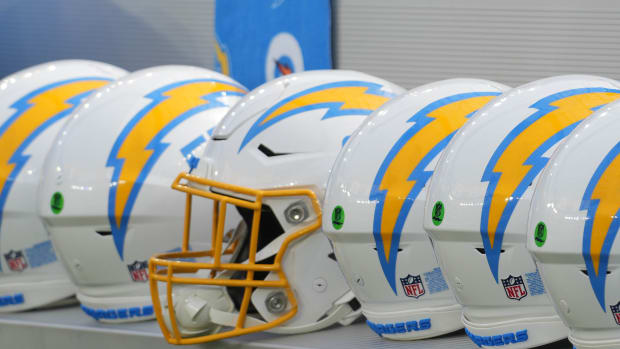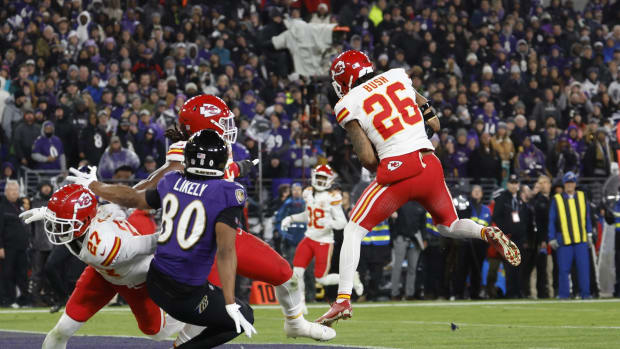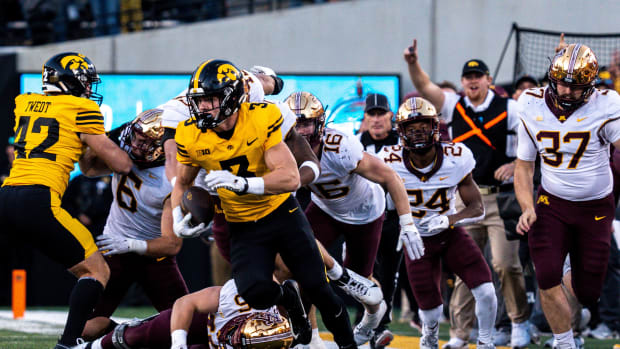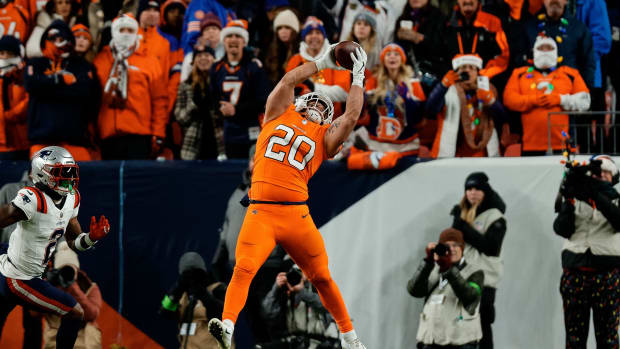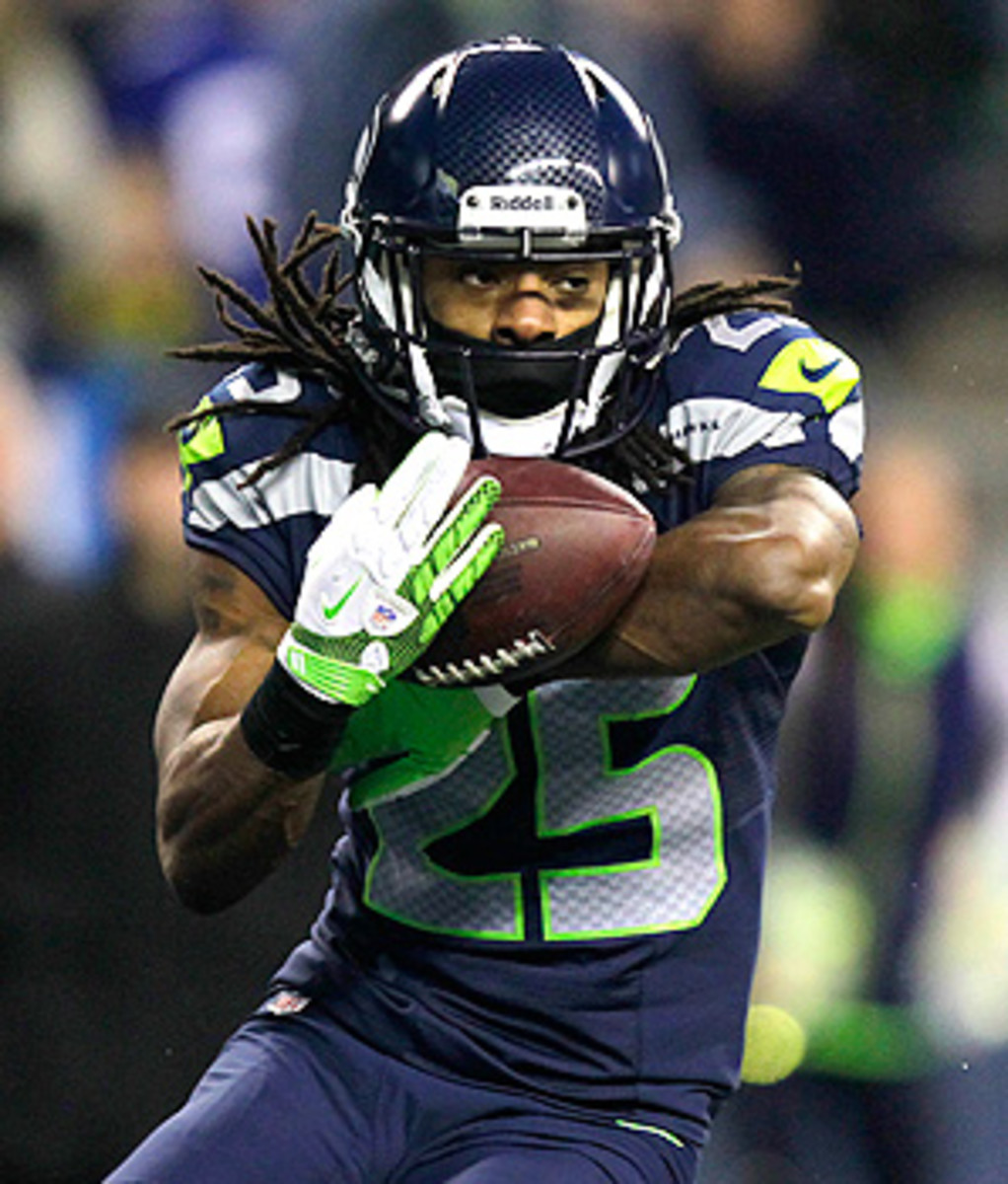
Seahawks defense short on marquee names, but not superstar play

Seattle Seahawks' cornerback Richard Sherman wasn't drafted until the fifth round in the 2011 NFL draft,
Stephen Brashear/AP
There were 53 cornerbacks selected in the 2011 NFL draft, and Richard Sherman wasn't among the first 33 chosen. If you think that doesn't grate on him, then you don't know Sherman, who was taken in the fifth round by the Seattle Seahawks.
K.J. Wright was also selected in that draft. He was the 15th of 40 linebackers chosen, going to the Seahawks in the fourth round. If you think that hearing his name called after 98 players were already off the draft board didn't upset him, you don't know Wright.
"There's a fire that burns in a lot of guys on the team," said Pro Bowl free safety Earl Thomas. "You hear it from them all the time, just walking around the locker room or just watching how they play and practice. A lot of guys that were undrafted or went in lower rounds felt they should have gotten more attention. Sherm believes he's the best corner in the league, and that the guys who got drafted before him shouldn't have gone before him. He's out to prove something. You can tell week in and week out."
The Seahawks defense has been outstanding this season, ranking first in fewest points allowed and fourth in fewest yards allowed. But the most impressive thing about the unit could be that Thomas is the only starter drafted in the first round. He was chosen 14th overall in 2010.
By way of comparison, the teams ranked directly above the Seahawks in total defense have at least three first-rounders among their starters. Pittsburgh and San Francisco have four each, and Denver has three.
"That statistic basically sums up the relationship that Pete and I have and the mixture of our philosophies," said GM John Schneider, referring to coach Pete Carroll. "What I mean is, we were able to meld them together. He's all about open competition all the time, so that means in terms of managing your roster and bringing people in you have a coaching staff that's willing to look at young people and work with them. Would you rather play with a veteran who knows what he's doing and runs 4.75 now, or would you rather play with the young guy that you know you can grow with who runs 4.48?"
Seattle is all about the best players being on the field, regardless of age or draft status. Rookie quarterback Russell Wilson is an example. He was selected in the third round yet was named the starter after beating out big free agent Matt Flynn in training camp.
BURKE: SEAHAWKS DEFENSE BUILT TO STOP RGIII
On defense, the Seahawks' starters are comprised of two players taken in each of the second, third, fourth and fifth rounds, with two others who weren't drafted at all. Tackle Alan Branch and linebacker Bobby Wagner were taken in the second; tackle Brandon Mebane and linebacker LeRoy Hill went in the third; end Red Bryant and linebacker K.J. Wright were drafted in the fourth; cornerback Richard Sherman and safety Kam Chancellor were picked up in the fifth; and end Chris Clemons and cornerback Brandon Browner went undrafted.
"We don't talk about it as a unit, per se, but it's definitely a motivating factor for us," said Chancellor. "The guys who weren't drafted high play on a high level and are hungry the whole time. Even our first-round draft choice is hungry still because there was a safety drafted ahead of him [Kansas City selected Eric Berry fifth overall, nine spots ahead of Thomas]. We feed off each other. Seeing the other person do well makes you want to do better. That's our competitive nature, and competing amongst each other makes the unit good."
The Seahawks are unlike some teams in that they specifically look for players who can fill particular roles. The first question they ask in draft meetings is not what a player can't do, but what he can do -- specific to the 4-3 scheme that they use.
For instance, much of the league looks for speed and athleticism at cornerback. Carroll, however, looks for size and tenacity. Last season the Seahawks were the only team with starting cornerbacks who were at least 6-foot-2. And with the 6-3 Chancellor at strong safety, it's an imposing secondary.
Carroll says he has spent much of his coaching career working with, and searching for, big corners. "When you're a bump-and-run [proponent], you learn to appreciate the effectiveness of guys who have that special length," he said. "You never want to go without it."
When you combine the players' specific abilities with good coaching and positive peer pressure, you get a defense that ranks among the league's best in multiple categories. Even when someone goes down with an injury or a suspension, as Browner did the last four games for violating the league's ban on performance-enhancing drugs.
"It's next man up," said Thomas. "No one heard anything about Brandon Browner or Richard Sherman before this season or late last season because they weren't high draft picks. But they fit our system. We ask our corners to step-kick and play thirds. It's really not that hard when you look at the big picture, but definitely put them in hard positions when we play man-to-man."
By step-kick, Thomas means stepping to the receiver and jamming him at the line, then kicking open your hips and staying on top of the receiver as you run with him. Said Thomas: "It's not complicated, but it puts a lot of pressure on our corners because everybody knows that we're a single-safety high defense, and we're either in some sort of thirds or man coverage."
And if people didn't know that players don't have to be taken in the first round to excel, the Seattle defense is a weekly reminder.

































